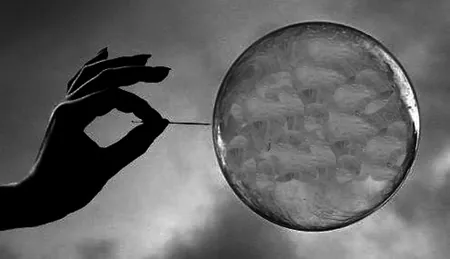Phuket Tourism Trading – Not All Hotels Are Created Equal
As we roll though peak tourism season and prepare to shift into 2017, I have surveyed a number of Phuket hotels about performance.
There have been numerous questions about the impact of Thailand’s crack down on Zero Baht tourism, possible hotel supply issues and of course broader economic issues which affect the hospitality trade on the island.
Starting on the demand side, we are forecasting a record high number of passenger arrivals at Phuket International Airport for 2016 at the 7.4 million level. This would be a 16% year-on-year increase.
In terms of hotel supply, in the past Thailand’s Ministry of Tourism and Sports has historically reported on a regular basis on the total number of registered tourism establishments in Phuket. As of February this number was 56,057 rooms/keys.
In the interim the issue of unlicensed hotels in Thailand has come under increasing scrutiny and recently Phuket Province has issued an ultimatum to properties to register. Based on this trend the Ministry late in the year has now broadened their data gathering and as of December have reported the total number of licensed and non-licensed hotel rooms/keys to be 81,727. This as most hoteliers will know is a figure much closer to the actual island supply.
As for hotel performance trends, what is apparent across Phuket is that no two hotel are created equal. Location, tier, primary sources of business are key drivers of indicators. Strategy also comes into play, when evaluating how different owners approach the business be it from a occupancy cash flow basis, rate driven or middle ground. Call this the same same but different scenario, and clearly micro locations, and competitive sets seem to reflect how properties approach these issues.
Speaking about Chinacation, the feedback is that certainly in hotels which overleveraged in this market, they had a downturn in the 4th quarter from Thailand’s Zero Baht Tourism ban. The rapid collapse in Chinese tour series and groups forced hotels into other segments which hit replacement rates. Looking at hotels effect these were mainly in midscale and upper midscale hotels (3 and 4 star level). Group rates continue to wildly vary.
Across all the island, a clear shift in consumer behavior is that booking lead time continues to be under pressure, with shorter timeframes. OTA’s remain powerful but equally on the radar are wholesalers. Much of the rate volatility in Phuket continues to be how competing hotels are managing this new mindset and often rate decreases are a reaction to gaps in the shorter booking windows.
Russia is back, though from a lower base. Most hotels are seeing good numbers at all tiers, though once you go down from luxury, rate pressure steadily increases. January is promising by all reports but looking at February and March many hotels are seeing lower pick up compared to previous years.
One interesting side story is how Patong’s oversupply is affecting guest quality, with certain higher end segments shifting into Kata and Karon. An ever increasing supply of budget, economy and midscale off-beach properties in the island’s nightlife capital are becoming a toxic mix for hoteliers. In 2017 we’d expect the South West coastal hotels in Kata and Karon to improve trading and Patong to experience a possible slide in rates and demand on a broad basis. That said, Chinese, Koreans and the Middle East segments are strong supports of the area.
Of course everyone is wondering about 2017 forecasted trends. On a wider canvass, expectations are that China will recover and continue to expand but at a lower trajectory. For Russia, this is also a key storyline in growth. That said, most hotels are taking expected neutral bottom line growth, given marginal increases in occupancy and ever-increasing pressure on rates. Inflation continues to erode hotel profits and with OTA’s strong, commission expenses are soaring.
The all-important MICE segment is growing which is good news, but seasonal trading patterns from high to low season is a disruptor to rates. Weakness in the Australian dollar and Euro exchange rates to the Thai baht are not helpful. Hotels that don’t have diversified segmentation will be under stress or those in high supply areas.
In the past peak season rates or surcharges have benefitted many hotels but this year, the period is becoming shorter and in most cases ending after first few days of January. Getting out the looking class Chinese New Year and generally first quarter 2017 trading is looking strong but three months do not make up an entire year and the shoulder and low seasons are causing concern.
Happy New Year Phuket. On the bright side, we have a new International terminal, and renovations will be completed on the domestic terminal this year. Infrastructure projects continue and there is progress. 2017 is expected to see some impressive new developments like the BluPearl mega-retail project get inginto the ground and the Central expansion is moving fast.
What is evident though is other Thai beach destinations like Krabi and Khao Lak as well as some locations in Vietnam are honing up to take on Phuket’s evolving tourism markets so competition is heating up out there.


